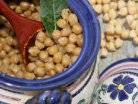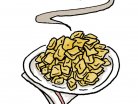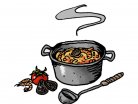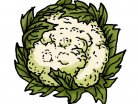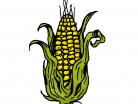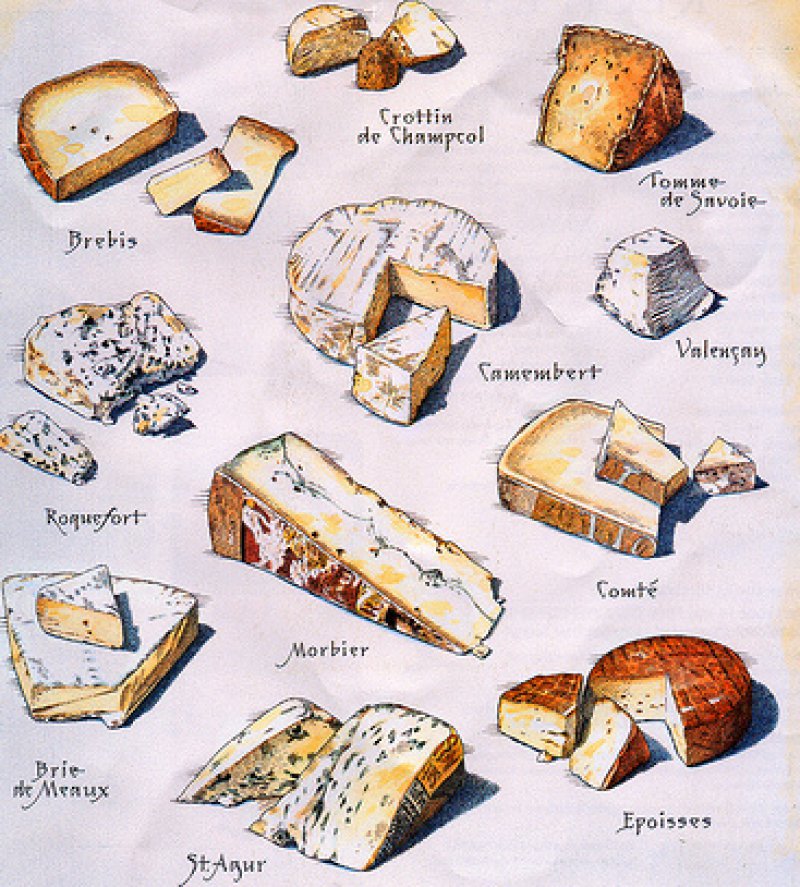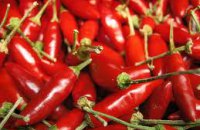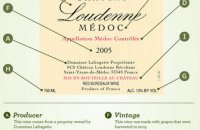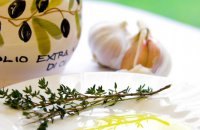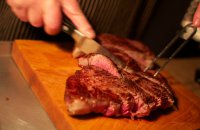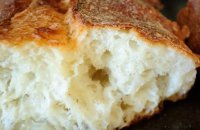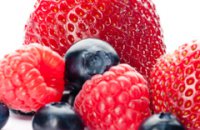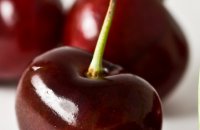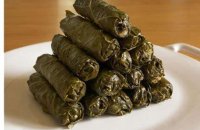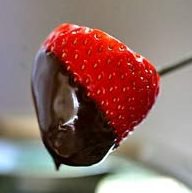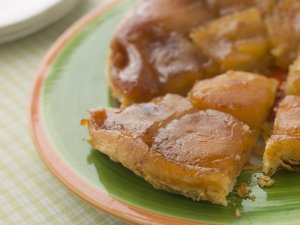While there are eight broad families of French cheese, the same family can include cheese from different milk sources (cow, goat, sheep).
Fresh cheeses or white cheeses:
These have not been matured. Though they may have been moulded with a spoon, they have already set.
Examples: Petits Suisse, Fontainebleau
Soft cheeses with a soft rind or cheeses with surface maturation:
These are made from pasteurised or unpasteurised milk. You will find them covered in a white coating which the French call "white fluff" or "bloom."
Examples: Camembert, Brie, Chaource, Saint Michelin, Coulommiers
Soft cheeses with a washed rind:
These are made from either pasteurised or unpasteurised milk. They have matured for quite some time, and have been washed and brushed. As a result, they have acquired a creamy texture and an even stronger taste.
Examples: Epoisses, Livarot, Maroilles, Munster
Blue-veined cheeses (interspersed with green veins):
These are made from cow’s milk, except for Roquefort for which sheep’s milk is used. Their name derives from the marbled effect created by coloured veins.
Examples: Bleu de Bresse, des Causses, Fourme d’Ambert
Hard cheeses that haven’t been matured:
These are soft cheeses with a hard rind and a smooth taste.
Examples: Cantal, Saint Nectaire, Saint Paulin, Tomme, Morbier
Goat’s cheeses:
These can be fresh, semi-hard or hard. They may also be covered in ash, or sprinkled with aromatic herbs. You might find them wrapped in vine leaves. They will probably appear in the shape of a log, cylinder or pyramid.
Examples: Chabichous, Crottins, Picondon, Sainte Maure, Valancay
Processed cheeses: smooth taste with a creamy texture; have been pressed, ripened or unripened (creamy type gruyere and other cheeses in individual portions).
The Families of French Cheese
Continue reading to discover everything you ever wanted to know about French cheese...
Country:
Category:
Related Articles
Most Popular recipes
































